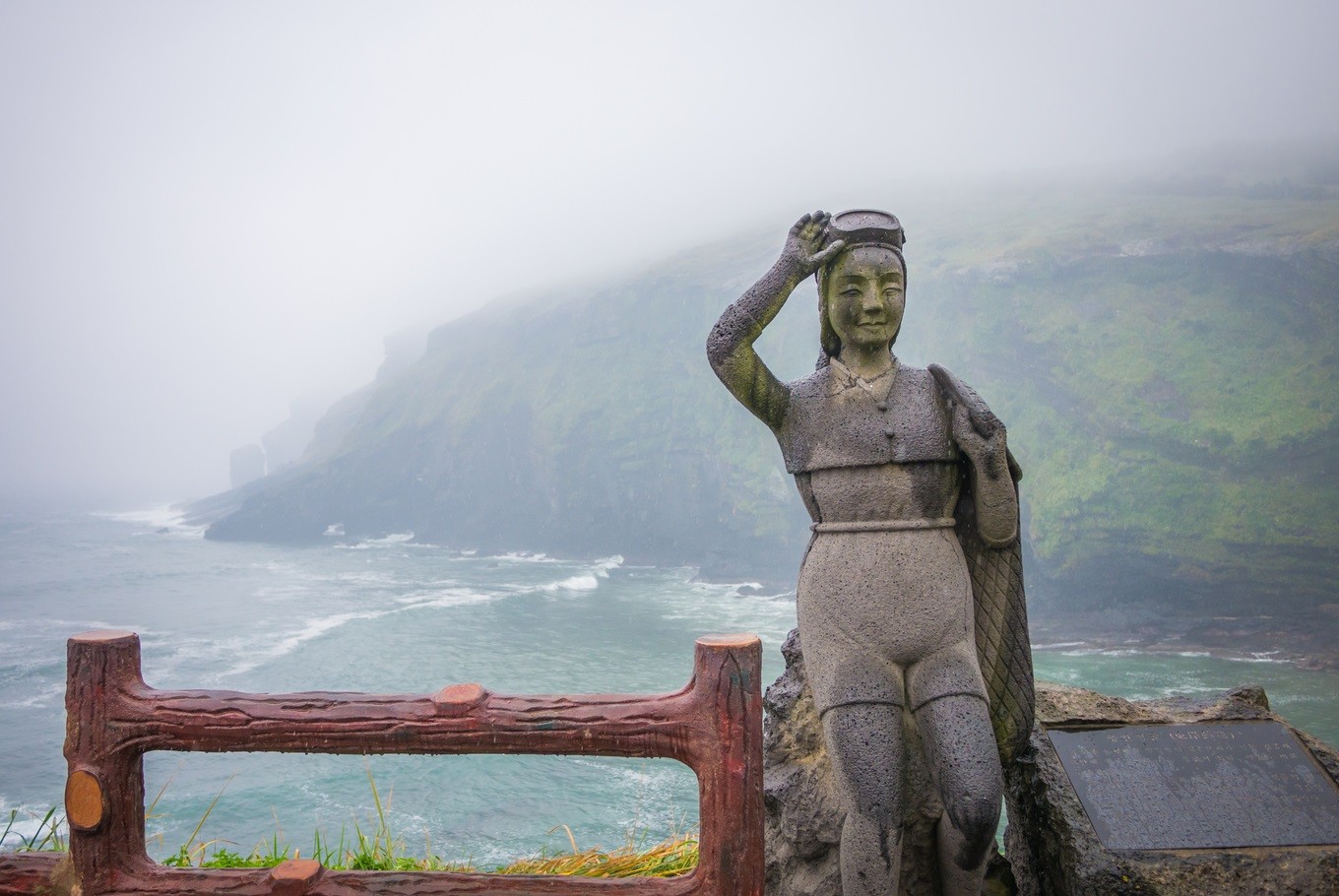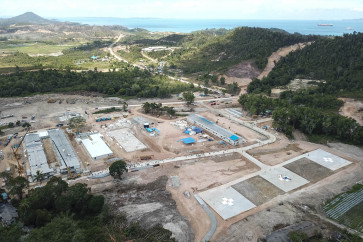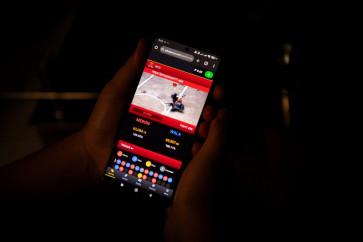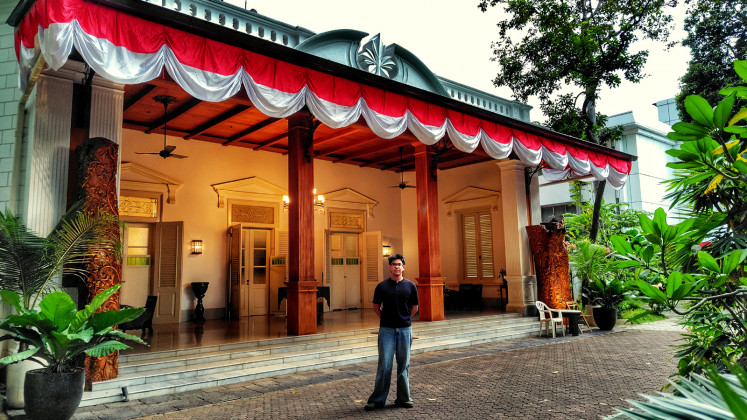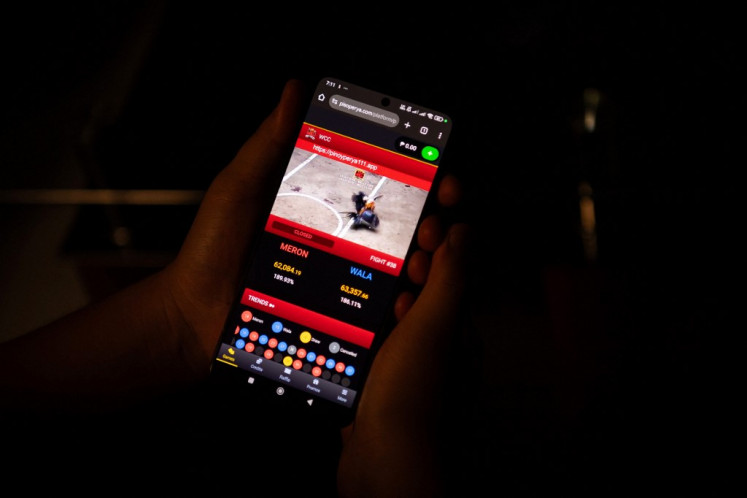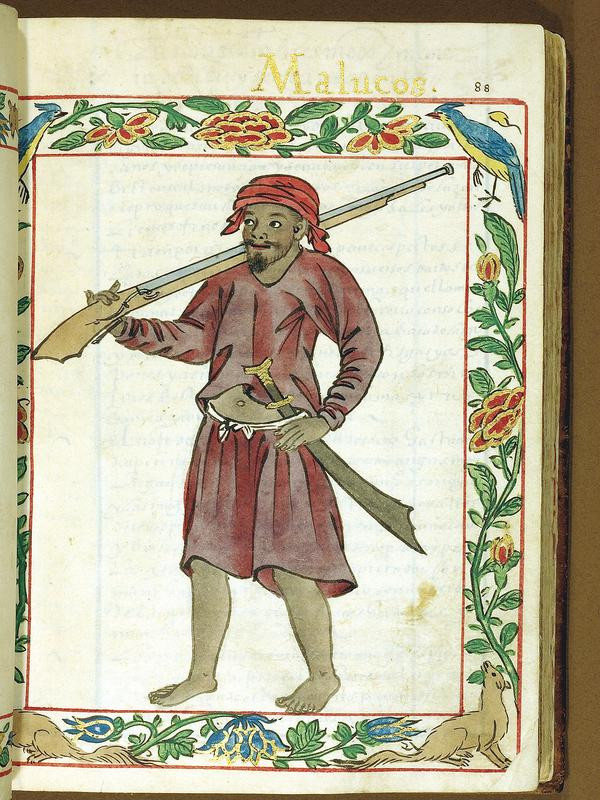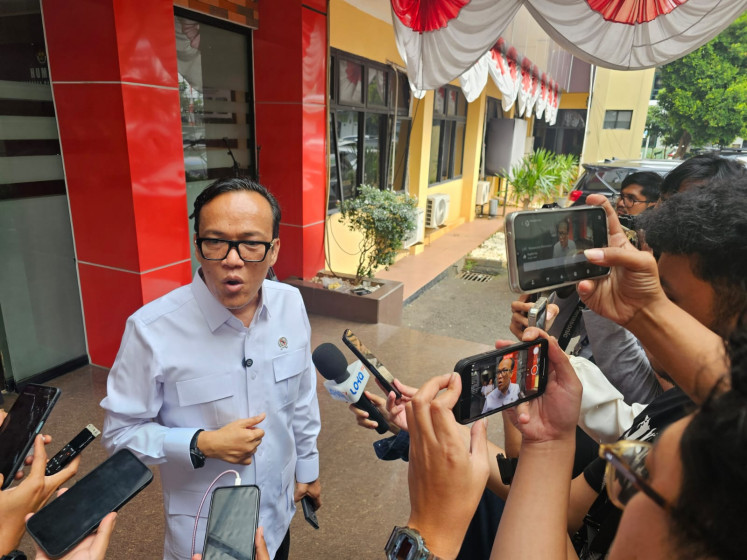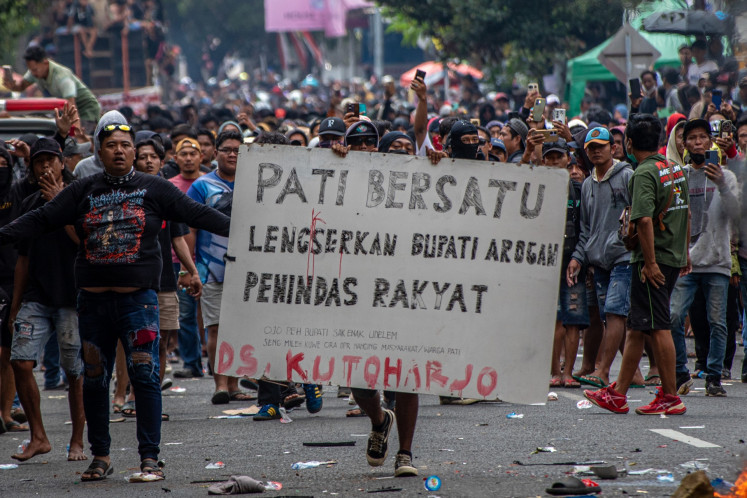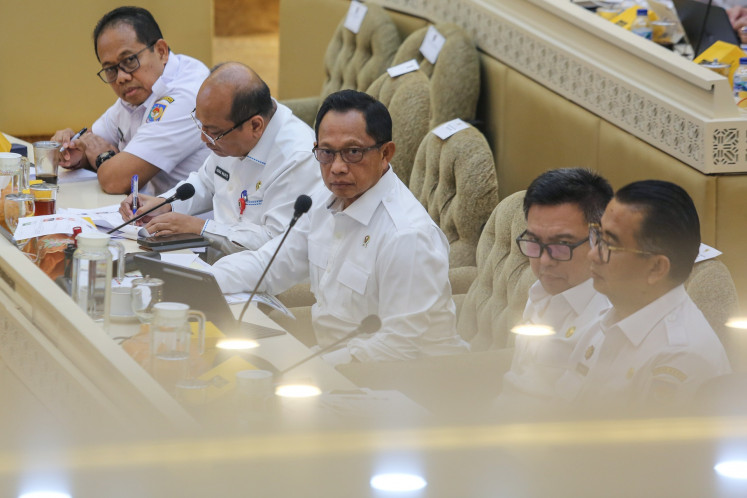Popular Reads
Top Results
Can't find what you're looking for?
View all search resultsPopular Reads
Top Results
Can't find what you're looking for?
View all search resultsJeju’s female diving culture gets heritage listing
Change text size
Gift Premium Articles
to Anyone
F
emale divers in Korea’s southern island of Jeju have been designated as an Intangible Cultural Property of Korea, Cultural Heritage Administration said Monday.
Haenyeo, which roughly translates as “women of the sea,” refers to female divers on Jeju Island who harvest marine products using minimal diving gear. The divers use basic tools like wetsuits, goggles and chest weights, but are not assisted by oxygen tanks.
“The culture of ‘haenyeo’ has stood the test of time to represent Korea’s traditional maritime and fishing culture. It not only refers to the divers themselves, but also encompasses the techniques, knowledge and rituals related to them,” the CHA said.
Read also: Korea to issue e-visas for Southeast Asians to tackle THAAD fallout
It said the techniques used by the divers -- which include their ability to hold their breath for long periods of time -- along with knowledge of the maritime environment and the culture of sharing and cooperation were worth recognition as a cultural asset.
The CHA said it will not be picking any specific individual or organization as part of its listing, as the culture itself is subject to designation. This was the case for the 2015-designated Arirang -- a collection of Korean folk songs – and the Korean traditional sport of ssireum.
Ironically, haenyeo culture was recognized at an international level before it was deemed worthy of national recognition.
Last year, UNESCO included the unique culture in its list of Intangible Cultural Heritage of Humanity last year. Jeju Island and the CHA had applied to UNESCO for the designation in 2014.
Read also: North Sumatra eyes cooperation in tourism, renewable energy with South Korea
It was the same for Arirang, which was recognized by UNESCO in 2012 but took three more years to be listed a cultural asset by the Korean government.
There has been concern that the haenyeo culture may be dying out due to shortage of younger divers taking up the occupation.
According to the Jeju provincial government, there are currently only 4,005 haenyeo left. The figure is less than one-third of the 14,143 registered in 1970.
A greater concern lies in the fact that only 12 of the remaining divers are less than 50 years old. None of them are under the age of 30.
Last week, 9,500 former and current female divers founded a federation of haenyeo to preserve their culture.
This article appeared on The Korea Herald newspaper website, which is a member of Asia News Network and a media partner of The Jakarta Post

